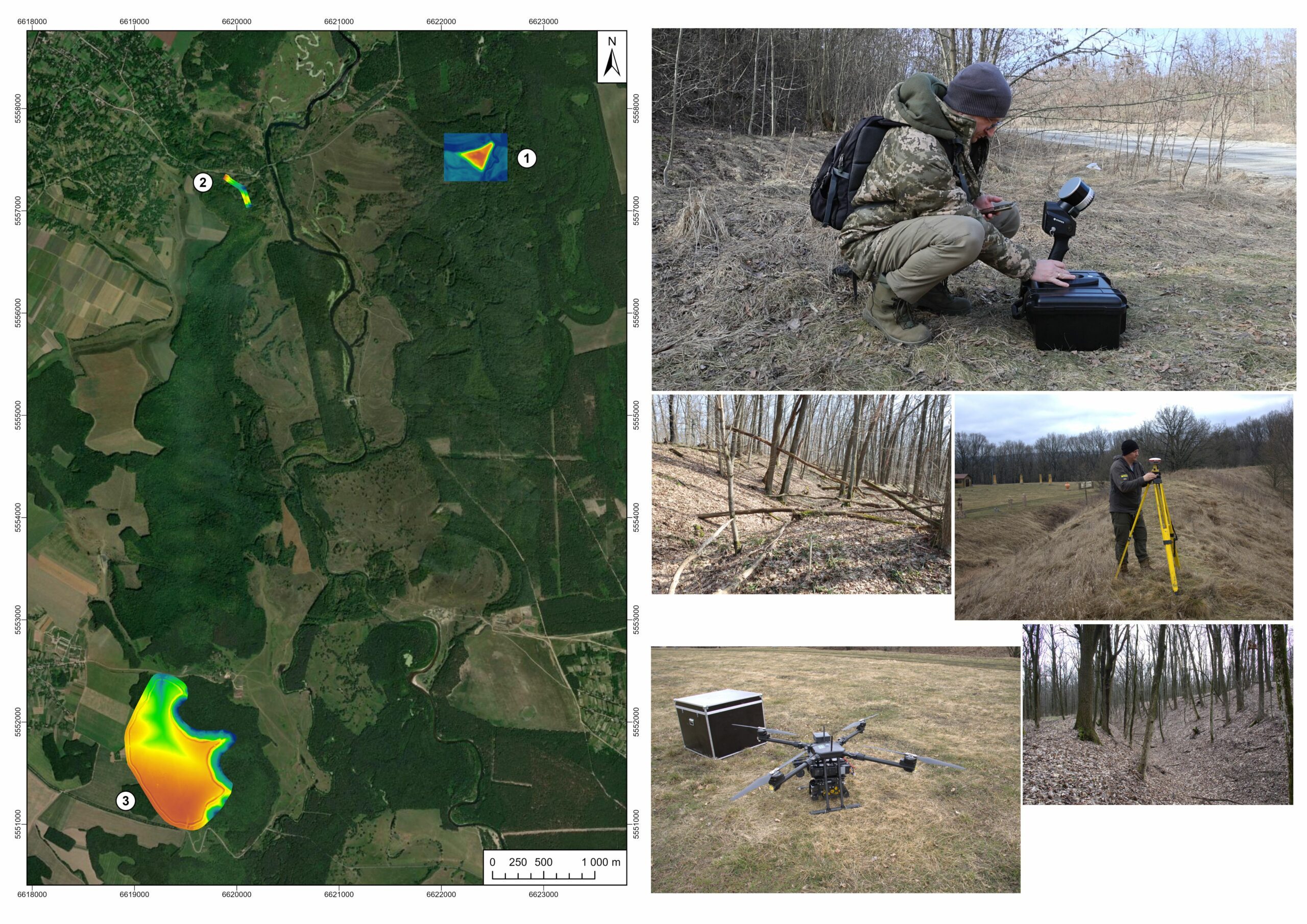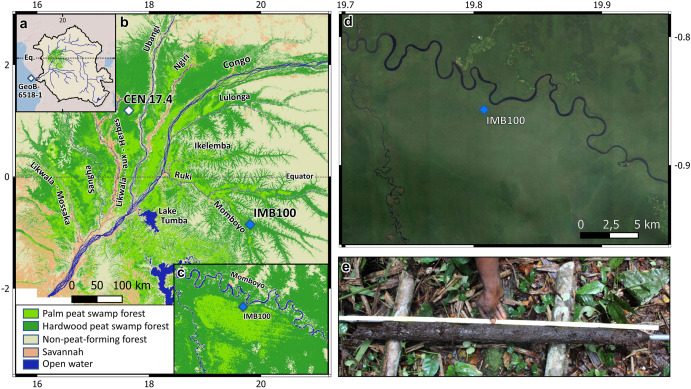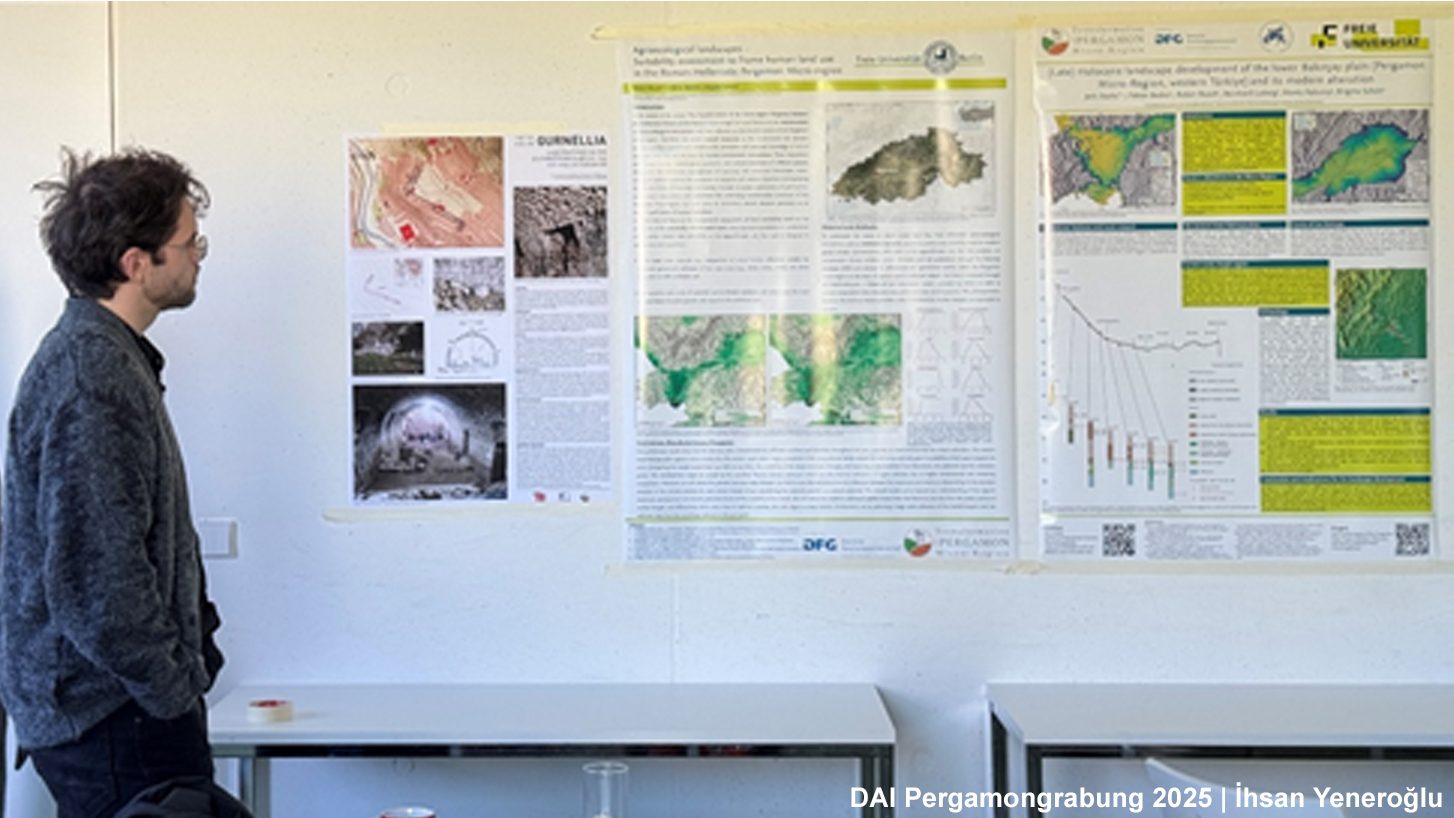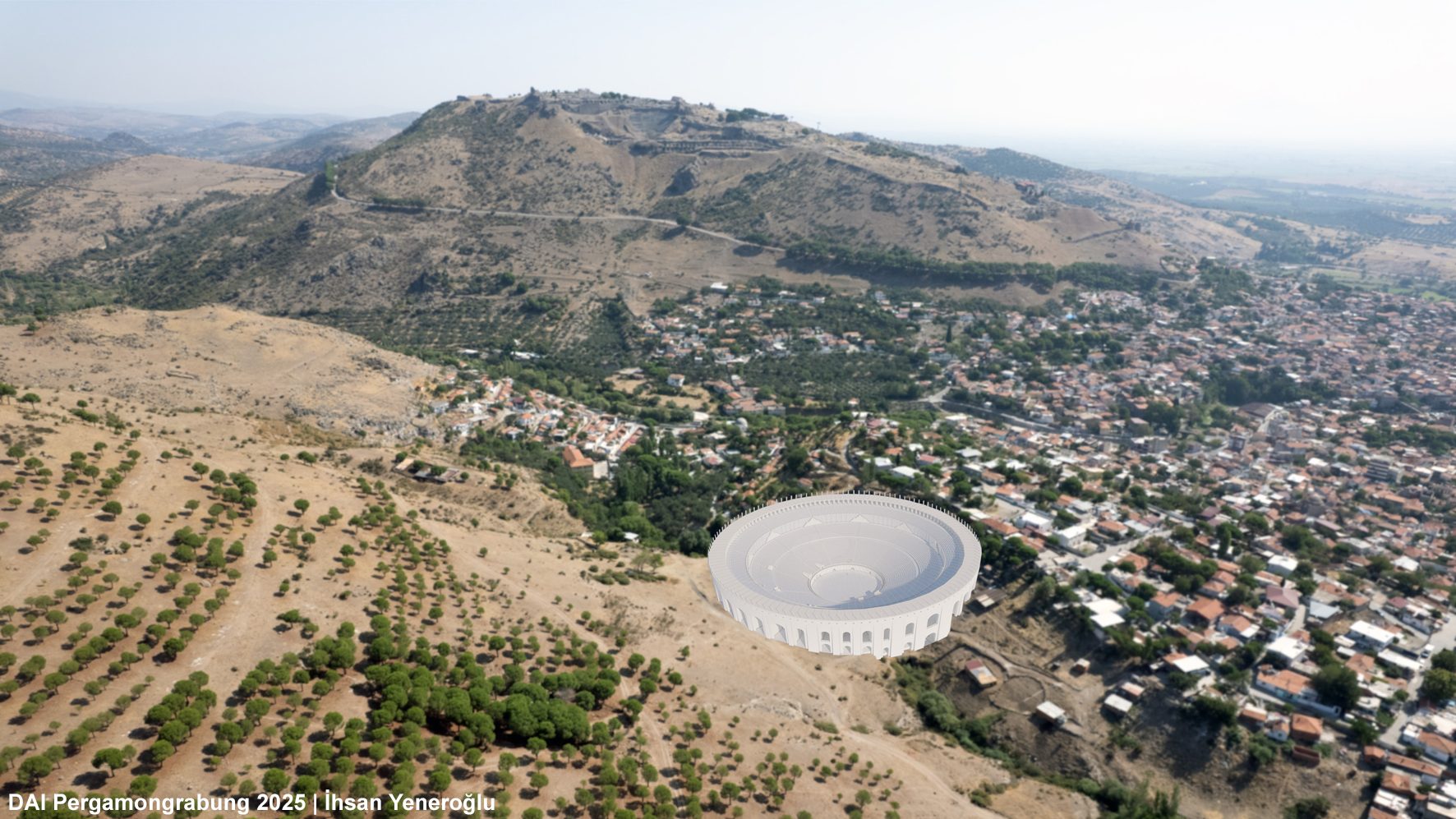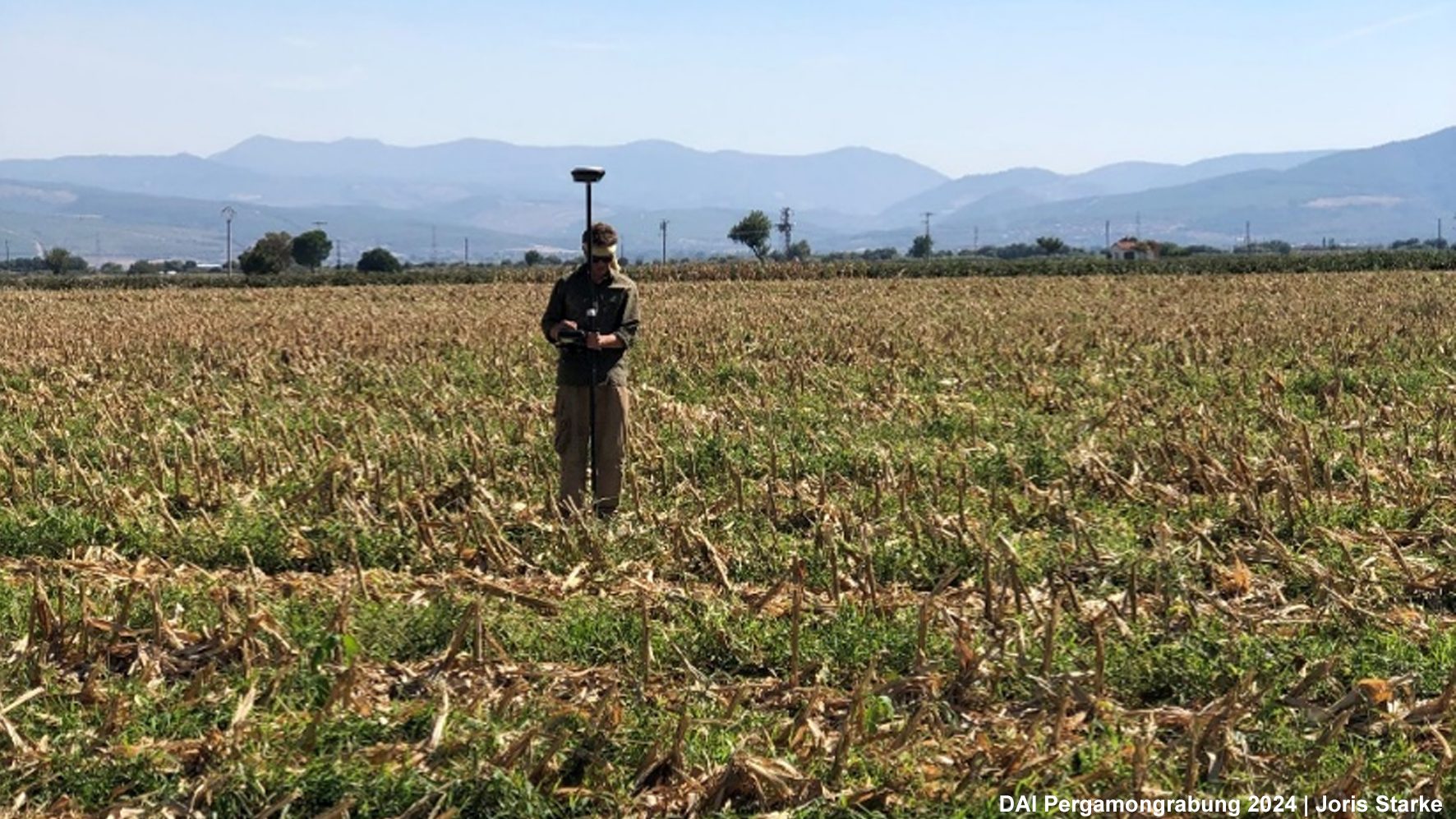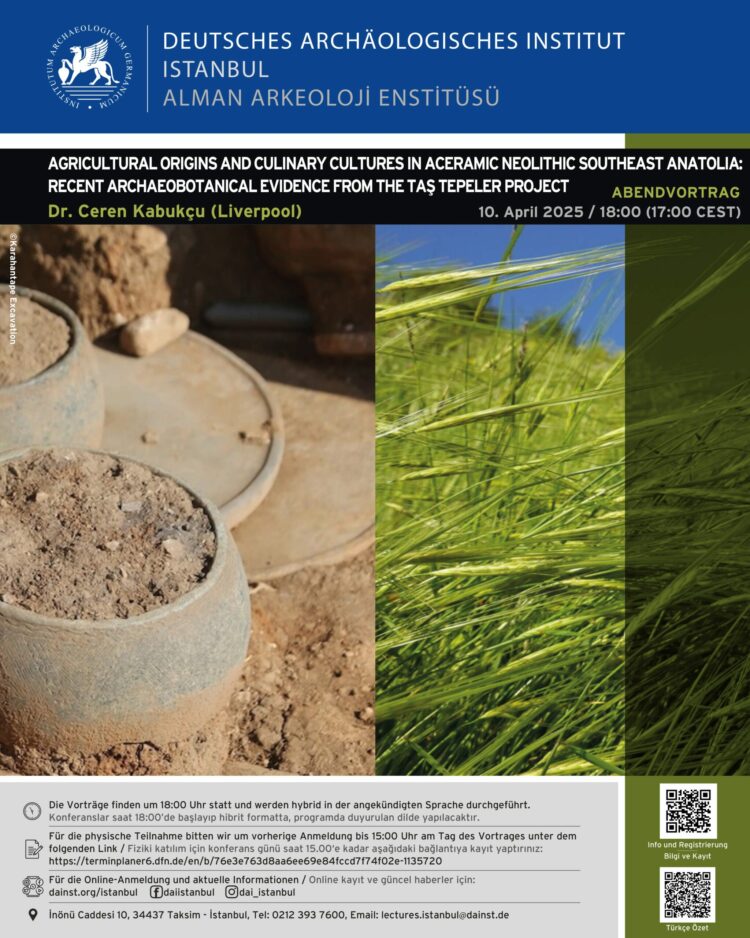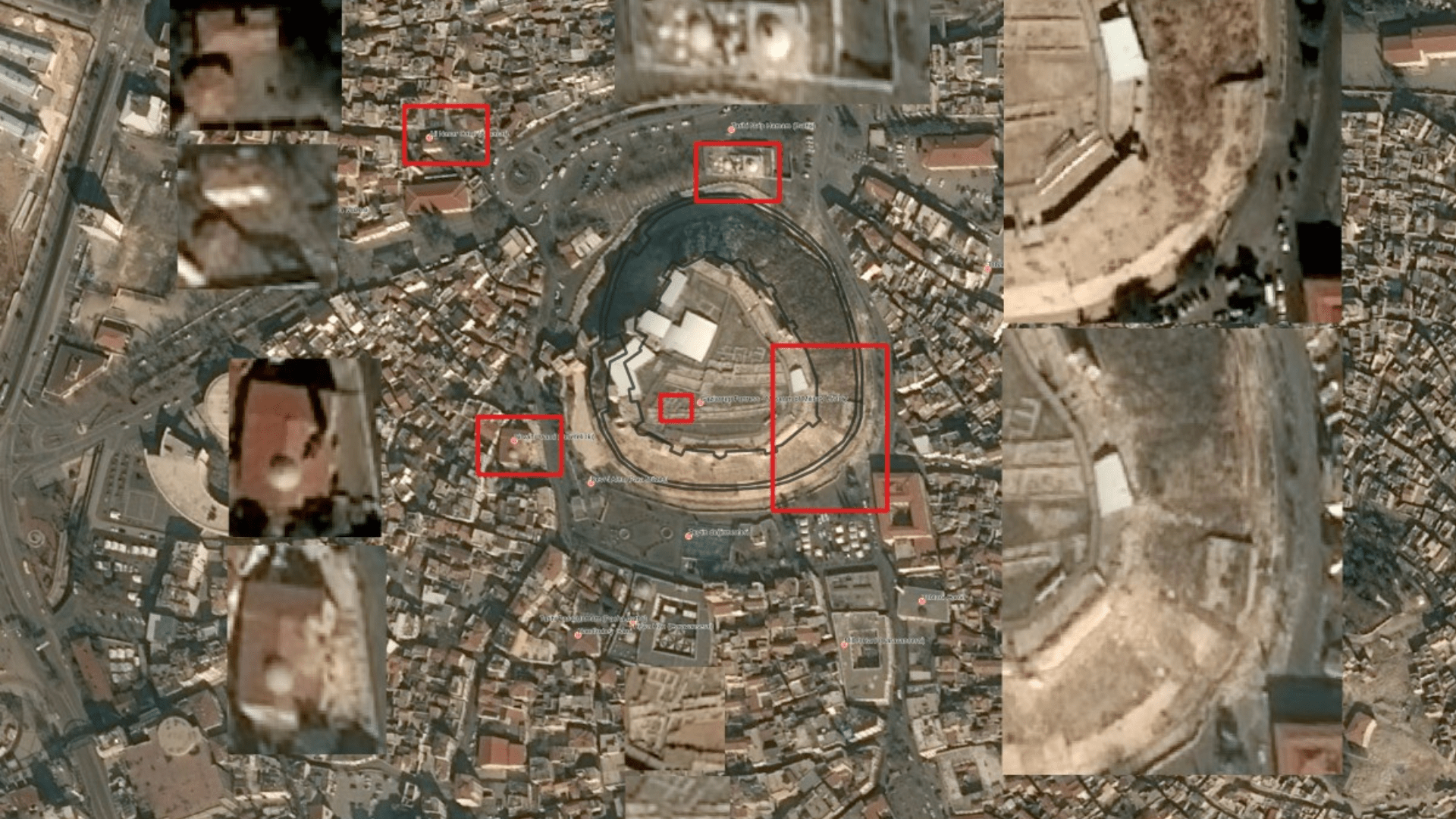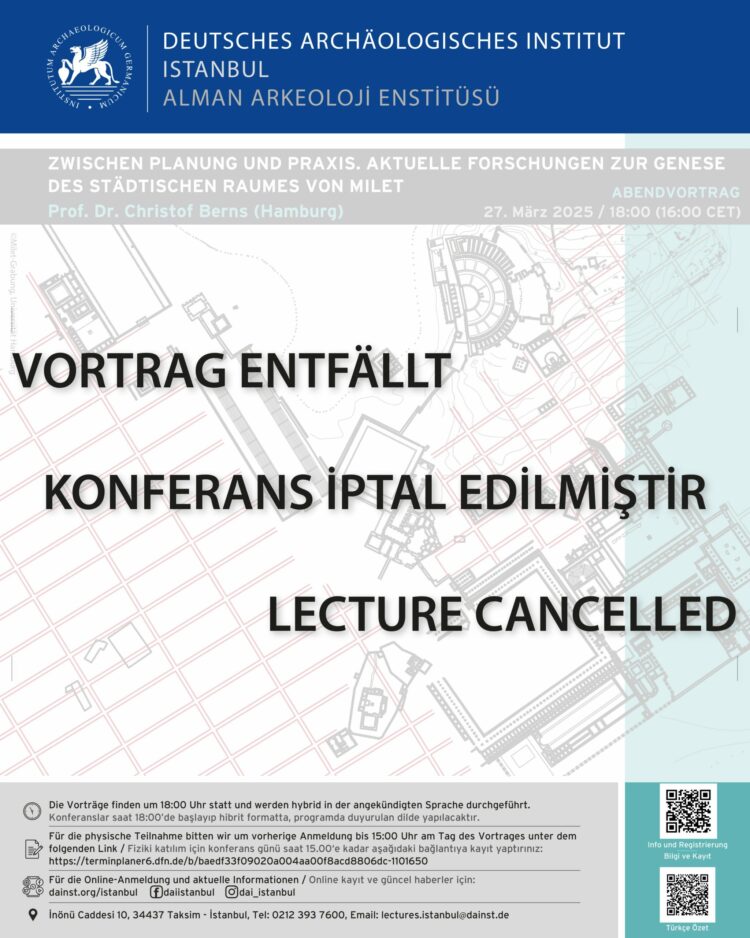DAI4UKR: Laser Scanning for the Study of Cultural Heritage Sites within the Bilsk Archaeological Complex and Its Surroundings
Author: Oleksii Korotia (Олексій Коротя) Since 2020, the reserve has been implementing a project to use laser scanning to study archaeological sites within the territory of the Bilsk Archaeological Complex. During […]

